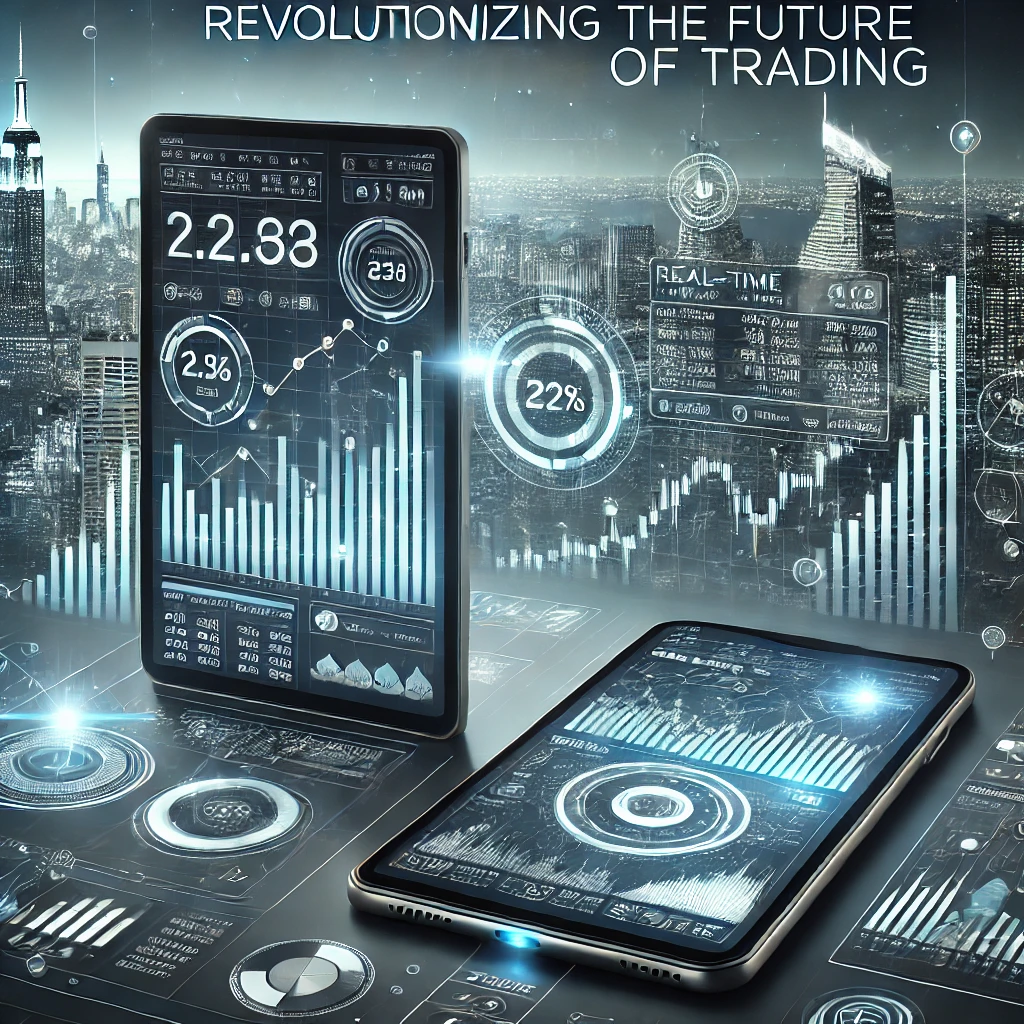Have you ever noticed a mysterious charge labeled WUVISAAFT on your debit or credit card statement and wondered what it is? While unfamiliar charges can be alarming, knowing what WUVISAAFT means and why it appears can provide peace of mind. In this guide, we will explore everything you need to know about WUVISAAFT, why it appears on your bank statement, and how to manage such charges. Whether you’re worried about fraud or just curious about its origin, this comprehensive article will give you the clarity you need.
What is WUVISAAFT?
WUVISAAFT is a transaction code related to Western Union’s financial services for Visa and Mastercard. It typically appears on bank statements when transactions are made through Western Union, whether for money transfers, bill payments, or purchases. If you’ve used Western Union recently, that WUVISAAFT charge may be the result of one of these services.
How WUVISAAFT Affects Your Bank Account
The WUVISAAFT charge will show up on your bank or credit card statement as a line item, often indicating a deduction. These charges can vary in size, depending on the type of transaction you conducted through Western Union. For example, sending money internationally or paying a bill through Western Union could result in this charge. It’s important to understand that these charges are legitimate and usually tied to the services Western Union provides.
The WUVISAAFT code may look confusing at first, but recognizing it helps you stay on top of your finances and ensures you’re not dealing with an unknown or unauthorized charge. Ignoring such charges without investigating could lead to confusion or even financial discrepancies.
Why Was I Charged WUVISAAFT? Common Reasons
If you notice WUVISAAFT on your debit or credit card, you’ve likely used Western Union for one of the following services:
Money Transfers
One of the most common reasons for a WUVISAAFT charge is a money transfer. Whether you’re sending funds to family abroad or receiving money from someone else, this charge reflects the transaction fee for using Western Union’s services.
Bill Payments
Another reason you might see a WUVISAAFT charge is if you’ve used Western Union to pay a bill. Western Union facilitates payments for utilities, credit cards, and more, and this charge appears as a result of using their platform for bill settlement.
Purchases
Sometimes, WUVISAAFT appears when a purchase is made through a Western Union service. If you’ve used Western Union to purchase items or services, this charge will show up on your statement as part of the transaction fee.
Services via Visa or Mastercard
Since WUVISAAFT is linked with Visa and Mastercard, any transactions involving these cards processed through Western Union may result in this charge. Whether it’s a direct money transfer, bill payment, or purchase, if Visa or Mastercard were used, the WUVISAAFT label is applied.
Disputing WUVISAAFT Charges: A Step-by-Step Guide
If you come across a WUVISAAFT charge that you don’t recognize, it’s crucial to take action. Here’s a step-by-step guide to dispute the charge:
1. Review Your Transactions
Before contacting your bank or Western Union, review your recent transactions to verify if you used Western Union’s services. Look for any money transfers, bill payments, or purchases you may have forgotten.
2. Contact Western Union
If you can’t identify the charge, call Western Union’s customer support team at 800-325-6000. They can provide details about the transaction associated with the WUVISAAFT code. Their team can help clarify the charge and explain whether it’s valid or not.
3. Report Unauthorized Charges to Your Bank
If you believe the WUVISAAFT charge is fraudulent, immediately contact your bank or credit card issuer. Report the unauthorized transaction, and they will help you dispute the charge and take necessary action, such as freezing your card or issuing a new one.
Common User Misconceptions about WUVISAAFT
Many users panic when they see a WUVISAAFT charge, assuming it’s a fraudulent transaction or a scam. However, in most cases, it’s simply the result of a Western Union service being used. Let’s clear up some common misconceptions:
Myth: WUVISAAFT is always a scam.
Reality: While it’s crucial to investigate unfamiliar charges, WUVISAAFT is a legitimate transaction code related to Western Union services. It appears when you’ve used Visa or Mastercard for a transaction.
Myth: WUVISAAFT means someone else is using my card.
Reality: If you or someone in your household used Western Union, this charge is likely valid. Always verify recent transactions before assuming unauthorized use.
Western Union’s Role in WUVISAAFT Charges
Western Union is a global leader in money transfers and financial services. The WUVISAAFT charge is a result of transactions processed through their network using Visa or Mastercard. Western Union has long been trusted for international transfers, bill payments, and financial services, but it’s essential to keep track of your transactions to avoid confusion when these charges appear.
Western Union provides transparency in its fee structure, so always review the fee breakdown before completing any transaction to ensure you understand what you’ll be charged.
How to Prevent Unauthorized WUVISAAFT Charges
To prevent unauthorized WUVISAAFT charges or any other unfamiliar transactions, consider these tips:
Monitor Your Accounts Regularly
Make it a habit to check your bank and credit card statements frequently. Regularly reviewing your transactions helps you catch any unfamiliar charges early and take swift action.
Use Secure Payment Methods
When using Western Union or any financial service, ensure you’re on a secure network. Avoid making transactions on public Wi-Fi to reduce the risk of your financial information being compromised.
Set Up Transaction Alerts
Many banks offer transaction alerts via email or SMS. Setting these up allows you to receive instant notifications whenever a charge is made on your account, ensuring you’re aware of every transaction, including those labeled WUVISAAFT.
Real-Life Examples of WUVISAAFT Charges
Consider this example: Jane used Western Union to send $200 to a family member overseas. A few days later, she noticed a WUVISAAFT charge on her statement for $215. Upon investigation, she realized the extra $15 was a Western Union transaction fee.
In another case, David saw a WUVISAAFT charge but couldn’t recall using Western Union. After reviewing his account, he found out that his spouse had used their shared Visa card to pay a utility bill through Western Union, leading to the WUVISAAFT charge.
These examples highlight how easy it is to overlook WUVISAAFT charges if you’re not closely monitoring your transactions.
Future of Financial Codes like WUVISAAFT
As digital banking continues to evolve, codes like WUVISAAFT may become more transparent or easier to identify. With advancements in banking technology, users may soon be able to receive more detailed descriptions of their transactions, making it easier to recognize charges like WUVISAAFT at a glance.
However, until that happens, staying vigilant and informed is the best way to avoid confusion. The financial world is continuously evolving, and knowing how to manage these changes is crucial for protecting your accounts.
Conclusion
Understanding WUVISAAFT and the charges associated with it can help you manage your finances with more confidence. Whether the charge is related to money transfers, bill payments, or purchases, knowing its origin and how to dispute unfamiliar charges is essential. Always keep a close eye on your financial statements, monitor transactions, and never hesitate to contact your bank or Western Union for clarity on WUVISAAFT charges.
Staying informed is the best way to ensure your financial security. By following the steps outlined in this guide, you can minimize confusion and protect your account from unauthorized or unexpected charges.
FAQs
Q: Is WUVISAAFT a legitimate charge?
A: Yes, WUVISAAFT is a legitimate charge related to transactions made through Western Union using Visa or Mastercard.
Q: Can I dispute a WUVISAAFT charge?
A: If you believe the WUVISAAFT charge is unauthorized or incorrect, contact your bank and Western Union to dispute the charge.
Q: What should I do if I don’t recognize a WUVISAAFT charge?
A: First, review your recent transactions. If the charge remains unfamiliar, contact Western Union for more details and report it to your bank if necessary.



